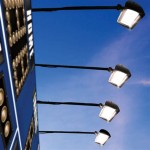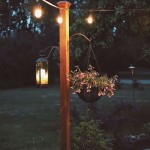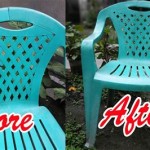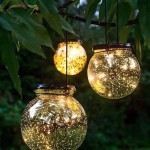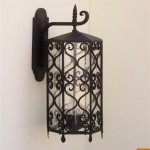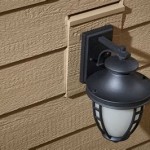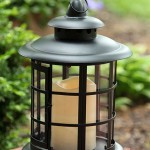Essential Aspects of Outdoor LED Building Lighting
Outdoor LED building lighting has become increasingly popular due to its numerous advantages, including energy efficiency, longevity, and versatility. Understanding the essential aspects of outdoor LED building lighting is crucial for architects, designers, and building owners to achieve optimal results.
1. Color Temperature and Color Rendering Index (CRI)
Color temperature refers to the warmth or coolness of the light emitted by LEDs. It is measured in Kelvins (K). Warm white LEDs (2700K-3000K) create a cozy and inviting ambiance, while cool white LEDs (4000K-5000K) provide a more energetic and modern appearance. The CRI measures how accurately the light source renders colors, with a higher CRI indicating better color fidelity.
2. Beam Angle and Distribution
The beam angle determines the spread of light from the LED fixture. A narrow beam angle creates a focused beam, while a wide beam angle provides more diffuse illumination. The choice of beam angle depends on the desired effect and the architecture of the building.
3. Fixture Design and Durability
The design of the LED fixture should complement the building's architectural style and withstand outdoor conditions. Durable fixtures are made from corrosion-resistant materials and have an Ingress Protection (IP) rating that ensures protection against moisture and dust.
4. Energy Efficiency and Maintenance
LEDs are highly energy-efficient compared to traditional lighting sources, reducing energy consumption and operating costs. They also have a long lifespan, typically lasting 50,000 hours or more, minimizing maintenance requirements.
5. Control and Dimming
LED building lighting can be controlled and dimmed using various methods, including dimmable drivers, sensors, and DMX controllers. Dimming allows for adjustable lighting levels, creating different ambiances and saving energy when full illumination is not required.
6. Safety and Certification
Outdoor LED building lighting must meet safety standards to ensure reliable and safe operation. These standards include UL, CE, and ETL certifications, which verify the electrical safety and performance of the fixtures.
7. Aesthetics and Architectural Integration
LED building lighting can enhance the aesthetics of a building by highlighting architectural features, creating mood lighting, and transforming the overall appearance. Architects and designers can integrate LED fixtures seamlessly into the building's design, using them as functional and decorative elements.
By considering these essential aspects of outdoor LED building lighting, architects, designers, and building owners can create visually appealing and energy-efficient lighting solutions that meet the specific needs of the building and its surroundings.

Led Building Exterior Lighting Types And S

Commercial Led Outdoor Lighting Made For Architects Alcon

Outdoor Security Lighting Commercial Led Lights Straits

Facade Outline Building Illumination Decoration Led Tube Lights Outdoor Linear Light China Exterior Sign Wall Made In Com

Outdoor Led Lighting

The Ultimate Guide To Exterior Building Lighting

5 Commonly Used Outdoor Wall Facade Lighting Grnled

Led Building Exterior Lighting Types And S

Contemporary Style Linear Led Wall Lamp Metal 1 Light Outdoor Sconces L House Lighting Modern Exterior

The Operational Benefits Of Exterior Outdoor Led Lights
